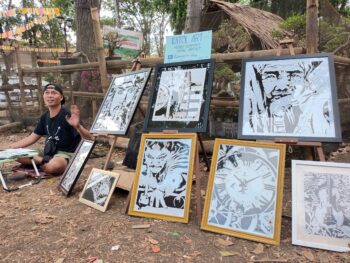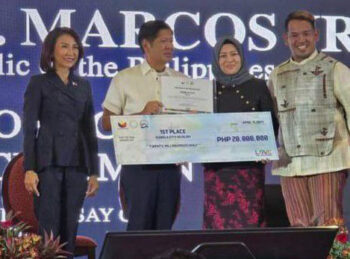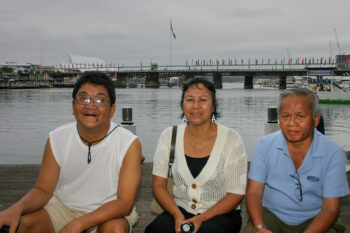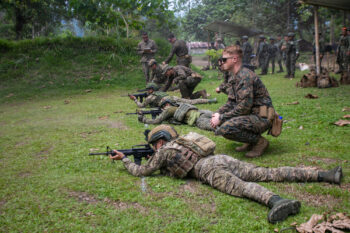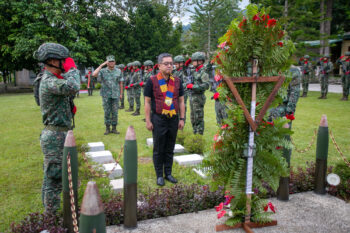LAKE SEBU, South Cotabato (MindaNews / 30 November) — Trying to steal a three-day vacation before the start of the holiday rush, I went to Lake Sebu last week with a good friend, Karl ‘Ninoy’ Lozano. He is a budding cultural anthropologist currently taking fieldwork among the artisans of the T’boli tribe, the original residents of the place. The eight-hour long journey of what seemed like an endless highway drive was instantly rewarded when I laid my eyes on the beautiful, serene lake and the towering mountains in the background.
With Ninoy, I did not go there as a tourist but as a simple pilgrim of life, willing to learn and experience the essence of the T’boli culture. We did not waste our time to visit the T’boli’s pride: the T’nalak weavers, the wood carvers, and the brass casters. Apart from the exotic beauty of their products, I’ve come to know the long process and collaborative community efforts that were exerted behind each product.
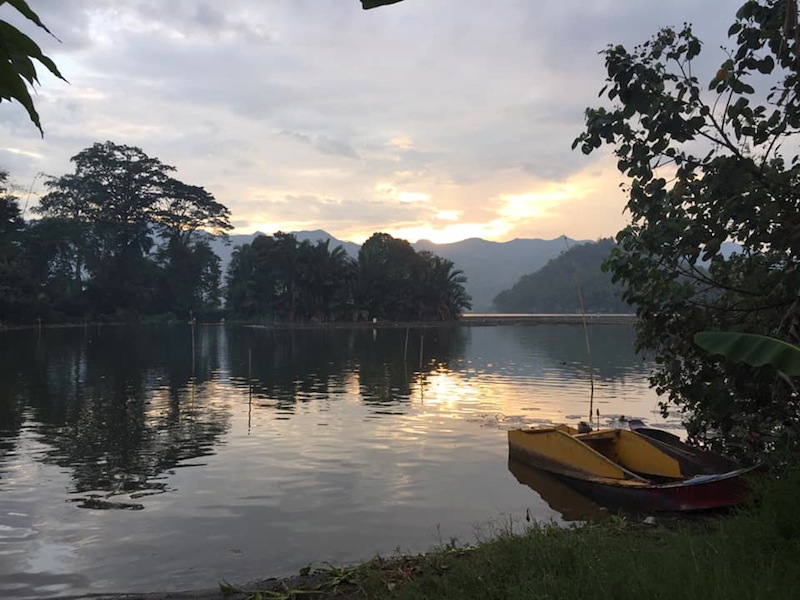
Ninoy introduced me to Mr. Joel Blunto, or simply Kuya Joel, a T’boli brass caster who is the co-founder and owner of a brand called Sesotunawa. In T’boli, the term ‘sesotunawa’ literally means ‘the spirit of working together.’ It’s been almost two years since this enterprise started with the help of a team of some well-meaning, young media-savvy volunteers that Ninoy formed.
T’boli brass casters barely gain from their effort. It is mostly the middlemen who profit from it by purchasing their products at a very low price and selling these at a much higher price in the city. The T’boli call their gain as ‘pamatas,’ which means it is ‘only enough’ to put food on the table, discounting the cost of their labor, and other expenses like shelter, clothing, education of their kids, etc. Sesotunawa changed this by removing the middlemen and creating a veritable bridge between the producer and the buyer. Under Sesotunawa, they are now getting what their products are worth, and more importantly, they are being treated for all their worth in the scheme of market economy and capitalist world.
At Kuya Joel’s house, where we stayed, I personally witnessed how each product was created by working together, even at different working times. I was amazed, when Ninoy pointed out to me at dusk, how Kuya Joel continued to work on his craft while his youngest daughter was assisting him, his other older daughter was singing a lullaby to his youngest son, and his wife and eldest daughter were busy preparing our meal. Sesotunawa is not just a T’boli brand, but it is also a carrier of the T’boli culture of working together for the interest of a family or a community. It also means that the products carry the community values with them.
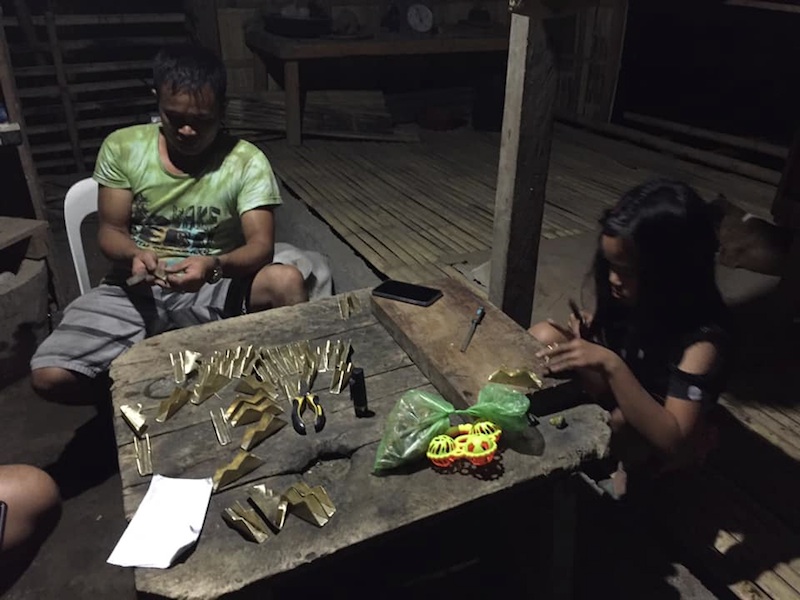
Sesotunawa products are a bit more expensive than the products of other brass artisans around Lake Sebu because it tries to correct the wrong notions of lumad products. By buying Sesotunawa products, the consumer is also taught how to value people and their crafts. Indeed, an intelligent buyer of Sesotunawa products is introduced to the lifeworld of the T’boli — not only will he understand the value of working together for the sake of the community, but more essentially, he will see a community that truly sees the value of each person. In a world that reduces persons to mere commodities, Sesotunawa strives to allow us to see the value of the persons and the community behind each product.
The limited time that I spent in Lake Sebu surely gave me a perspective on how one’s work is always connected to a wider community. It is not an idea only. It is interconnectedness as praxis. It is Sesotunawa.
Christmas is a sesotunawa experience, too!
While I was mesmerized by my ‘sesotunawa’ experience, Christmas season has also started to slowly creep in around us. Sesotunawa, which means the spirit of working together for the sake of the community, is rooted in a concept that is not limited among the T’boli of Lake Sebu. My fieldwork among the Manobo of Andap valley were also filled with similar experiences that showed collective efforts in almost everything that they do. I’ve also learned that among the Mangyan of Mindoro and the Aeta of Pampanga, they hold the value of persons and the common interest of the community in high esteem. It can be said then that thinking about the welfare of others or the community, as an indigenous cultural trait, is a fundamental trait of a Filipino heart.
Long before Christianization taught us the gospel value of sharing, pre-colonial Filipinos had already practiced it generously. To wit, there was no known turf war among the different tribes, at least in Mindanao, during the pre-conquest era. Yes, there were Moro raids, but mostly due to the slaves needed for pearl trades. However, land conflicts were made more explicit only with the colonial government. Deep within a Filipino heart is a heart disposed for other’s sake.
In this liturgical ‘novena’ year (2020), the Catholic Bishops Conference of the Philippines (CBCP) has dedicated the thrust of evangelization towards ‘Ecumenism, Interreligious Dialogue, and Indigenous Peoples’ (IPs).
On the part of the IPs, or generally known in Mindanao as Lumads, I guess more than doing apostolate with and for them, there is also a greater demand to learn from them.
Karl Gaspar, a Mindanawon anthropologist, had articulated once the need to ‘dig roots’ from the Lumads, as Filipino Christians continue to negotiate their identity at the wake of 500 years of Christianity in country. Lest we forget, to spread Christianity was never the main objective of the colonizers but only, or mostly, as strategic means of subjugation. It’s no wonder now that even after the 1898 Independence, the state policy of this country remained somehow incorrigibly colonial. The Lumads continued to feel this kind of contempt and oppression as they continue to struggle for their land, self-determination, and cultural citizenship.
Sesotunawa is a local bold brand that not only sells indigenous products but seeks to resurrect, if not awaken, in every Filipino, his/her innermost heart-beating for collective interest. These local producers see to it that each of their products carries with it, the stories of their community. In doing so, apart from the products, their stories are shared as well for the consumption of a greater whole of our world, where individualism reigns supreme.
My stay with Kuya Joel’s family enabled me to witness firsthand the story before the product.
My attempt to learn the craft lacked the same perseverance that the T’boli brass casters put into their work. And in this, I failed to integrate myself fully in the process of temwel. But this experience was enough to make me understand the patience, focus, and dedication that is required in the craft. More importantly, i have seen the value of collective work (or shared labor). Their precious products then are considered as their means to put food on the table, send their children to school, and eventually safeguard a culture of giving, for the sake of a greater good. Each of their products carries the hope of a thriving community.
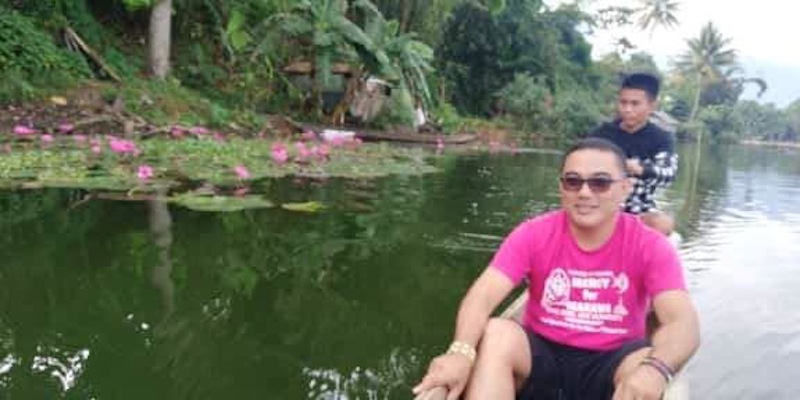
I was once struck by the question of Karl Gaspar in one of the fora on, ‘What kind of Christianity are we practicing?’ relating to the 500 years of Christianization. But maybe the other question is, ‘Have we learned, as a nation, to distinguish Christianity from colonialism after 500 years?’
I believe that a pre-conquest Filipino heart immediately resonates with the message of the gospel, but it is incumbent to the gospel bearers to truly deliver the message of integral salvation. On the other hand, the IPs or Lumads today, continue to show this disposition of the heart but most often at the mercy of those who claim to be Christians.
I am particularly referring to the abuses the Lumads have suffered through the centuries in the name of religion and development.
Today, T’boli artisans remain endangered because their products, that inherently bear community values, are being reduced to mere commodities. Worst it is being sold with price tags detached from its real value – a system that only serves the interest of neocolonizers and deliberately supported by the bureaucratic-capitalist state.
The Sesotunawa initiative allows the consumer to re-learn the value of being part of a community, a community that works together as a single entity.
Christianity, too, in its essence, is an anti-thesis of individualism. At the core is a selfless death of a Savior.
I believe that the Tboli’s sesotunawa value is rooted on the individual’s selflessness. In order to have a kind of Christianity today that connects to the reality, it is necessary for every Filipino Christian to learn from these IPs.
When I think of Christmas, I don’t think that it happened only because of the initiative of God. It happened, too, because there were people whose hearts were truly disposed to welcome others.
Indeed, we need to dig our roots from the Lumads to understand Christianity apart from the lens of the colonizers. Christmas is a sesotunawa experience. too!
(Raymond Montero Ambray is a Catholic priest of the Diocese of Tandag and a graduate of MA Anthropology at the Ateneo de Davao University. He is a member of the Rural Missionaries of the Philippines and a founding member of Caraga Watch, an environmental watchdog. He is currently assigned as parochial vicar of the Holy Child Parish in Lingig, Surigao del Sur. This piece was first published in Fr. Ambray’s FB page on November 26 and 27, 2019. MindaNews was granted permission to publish this)



